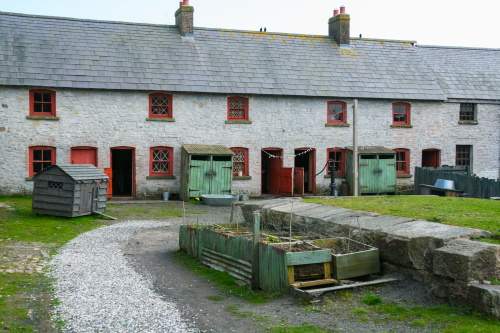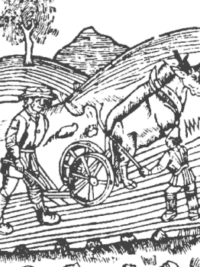A landscape of the Industrial Revolution
The ironworks at Blaenavon were built in the first half of the nineteenth century and were, at the time, the largest in the world.
The photographs show what remains of the complex itself, with stone-built blast furnaces and a few of the associated iron-workers cottagers. This is just a small part of the wider industrial landscape that was needed to supply these furnaces and workers. The surrounding hills have been transformed by reservoirs and their associated leats, multiple coal and iron-ore mines, limestone quarries and their extensive spoil heaps. Inclined planes, trackways, horse-drawn tramways, the world’s first multi-arched railway viaduct and, at the time, the world’s longest railway tunnel, all brought the raw materials back to Blaenavon’s furnaces. This industrial landscape was given World Heritage Site status in 2000.
Further information
Visit Blaenavon Ironworks (Cadw)
Lowe, J. & Lawler, M. (2012) Landscapes of the Iron Industry at Blaenafon, Gwent. Landscape History. View at Taylor & Francis




